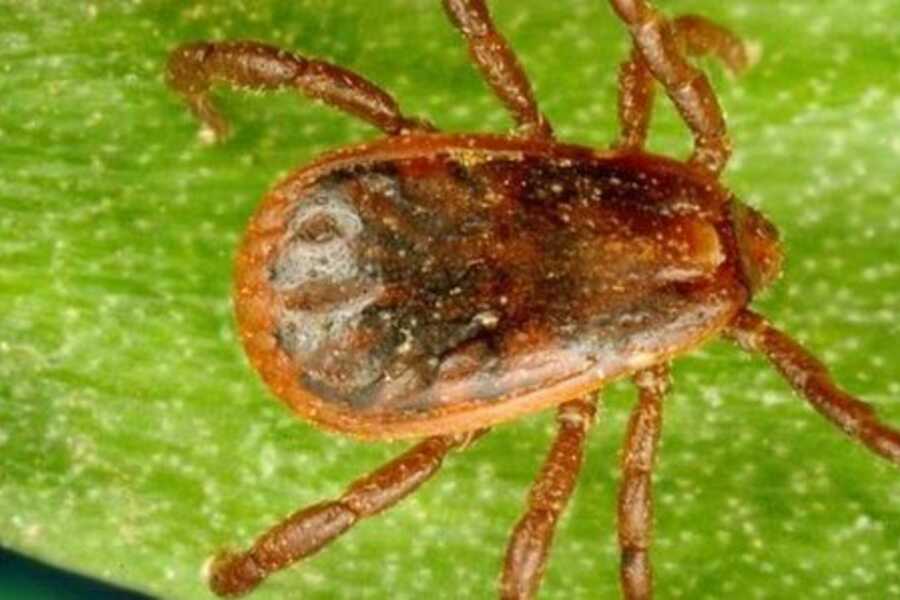There are three steps in the process of the design creation based on Biomimicry: Scoping, Creating and Evaluating. Besides, in the center of these main parts there is the Biology, which is the knowledge basis that we have to consult throughout the whole process. Throughout the design process it is essential to incorporate the Life Principles of Biomimicry.
The first step is to define what we want our design to do, identify the more important functions we want our design to meet. As for the SHELTER, the subject I am working in, the top functions that we have defined are: protect from elements, create comfort, keep clean and provide healthy environment. Then, we have biologized our main function: How does Nature protect from the elements? This question will be answered in the Creating part. The next step is to contextualize the shelter, defining the parameters and operating conditions. So, we have established the location of our shelter and defined the climate conditions: location near the sea, humidity, heat, exposure to the sunlight, little rain. As for the shelter’s temporal condition, we have decided that it should be durable. Regarding the non-negotiables for our design, the shelter must protect from the elements, use multi-functional design, not only protecting from the environment but also collecting energy and water, being self-sustainable, use readily available materials and energy, as it should use abundant raw-materials from the area where the shelter is located as well as harnessing freely available energy.
Regarding the Creating part of the process, we tried to find the Best Nature Models that are adapted to the conditions that we have established for the shelter, searching in books and in Ask Nature. As the location chosen is an area where there is a lot of humidity and lack of rain we have found an organism, the tick, that has developed a mechanism to absorb water from humidity. “The mouths of ticks absorb water vapor from the atmosphere by secreting a hydrophilic solution” (in Ask Nature). Regarding the problem of the exposure to the sunlight, we have found that de lizard adopted a strategy to minimize its exposure. The lizard faces the sunlight in order to minimize the area of its body that is exposed to the sunlight. In addition, we have looked for organisms that carry their own shelter. For instance, the snail has a very resistant shell that protects him from heat. “The shell of some desert snails helps them survive extreme heat using light reflectance and architecturally-derived, insulating layers of air.” (in Ask Nature). Our aim is to inspire in these Natural Models to create a shelter with the non-negotiable conditions that we have initially established.
Shelter - Biomimicry inspiration

There are three steps in the process of the design creation based on Biomimicry: Scoping, Creating and Evaluating.

